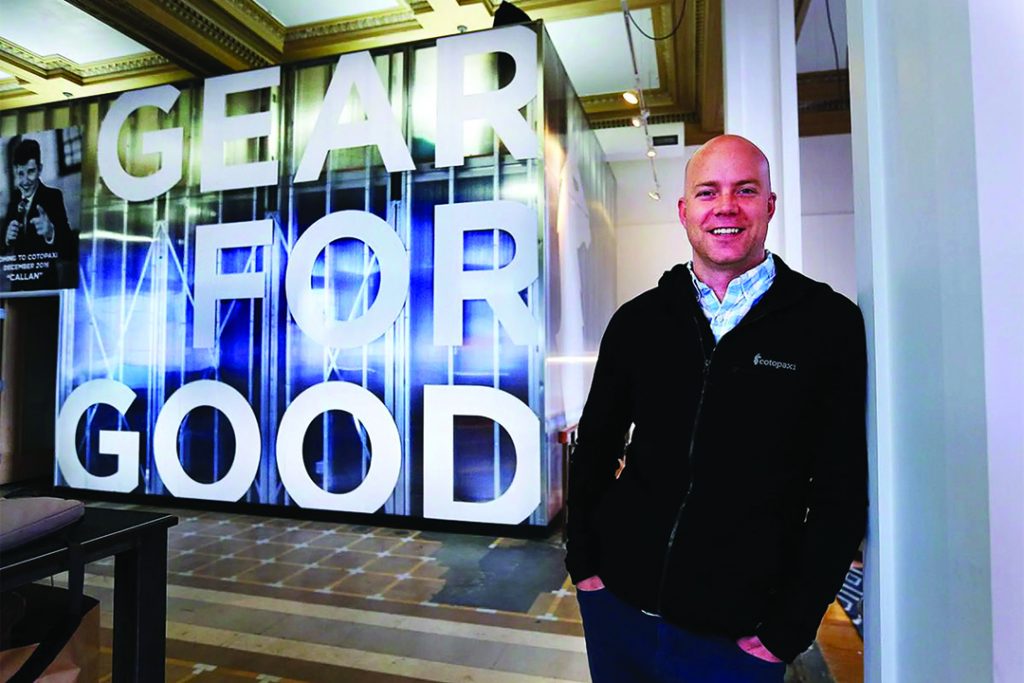Getting Comfortable with Continuous Change

Stop building urgency around the nature of a proposed change. instead, create the right amount of urgency around how that change can occur. By doing this, you will quickly become familiar with how change is initiated, communicated, and executed within your organization.
If we wind the clock back a few decades, significant change within a business most often came in the shape of disparate one-off events. They followed a process of unfreezing whatever was the status quo — carrying out the change event (for example, a merger) — and then refreezing the organization in its new shape or form. It would then remain like this until the next event came along.
The disruptive nature of digitalization has brought an entirely new paradigm around change that many in the business world simply weren’t — and still aren’t — fully prepared for. Existing markets and incumbent organizations are being forced to continually adapt and evolve to survive. Digital transformation journeys are now continuous, fast, and constant. Companies can no longer be neatly thawed, reshaped, and then put back on ice for another decade.
With the dynamics of business transformation vastly different than they once were, the leadership skills needed to navigate change must evolve to meet the moment.
As a leader that has had significant exposure to change characteristics of the last two decades — and as a former head of business development at Google, a company that manages to combine size with extreme rates of change — I believe that there are some keys to navigating continuous change that I hope will help others.
In the last 30 years, if you’ve taken a change management course, pursued an MBA, or just tried to educate yourself in this area, you are likely to have come across one of the most famous and widely used change management assets: Kotter’s eight steps from 1995.
The model presents eight reasons why change efforts most commonly fail. It offers eight steps that organizations should follow if they’re to succeed with large-scale transformation. This framework, together with the majority of the others out there, risk triggering change fatigue in organizations, as many of the modern models still assume change comes from a series of singular, unlinked events rather than one continuous, everlasting process.
Making Change Matter
For any leader relying on these frameworks, a first crucial step preceding any change event is their ability to create enough urgency in the organization for it to act. This is mainly built on the assumption that if employees don’t understand or grasp the urgency of a change, they will be unlikely to go along with it and even actively resist it.
Some leaders successfully fabricate urgency and make a situation look worse than it is. The primary purpose has been to whip the organization into enough panic to ensure that no one is left uncertain in understanding what needs to be done.
This way of managing urgency assumes at least two things. First, that management has a level of certainty that the change being proposed will have a positive outcome, and is indeed the right one. Second, there will be an opportunity for the organization to recover from this induced state of panic once the change is complete. In a world where the outcome of any large-scale change effort is so highly unpredictable, it is improbable that both of those assumptions will turn out to be true.
On several occasions, I have seen leaders’ credibility undermined by overselling the potential impacts of individual change events. Often, the positioning of a ‘Silver Bullet’ project ends up doing more harm than good as it becomes evident to employees that management could not predict the future with any real accuracy and that the change that was supposed to set them on a robust new footing had become obsolete before it was fully implemented.
As a result, when the project comes to an end — and the organization finds its new normal and people snap out of their panic state — new change is already needed as the environment has evolved beyond the original expectation.
The result of this cycle? Burnt out staff that are even less likely to positively engage in the next round of change and a senior leadership team that has lost credibility and might have to push the panic button harder for the next round of changes.
Choosing an Alternate Method
To rethink how change is managed, it’s best to start by rethinking these fundamental assumptions. While leaders might have a good idea of what needs to be done to evolve their organization, they can’t predict the future. Based on that understanding, the idea of the singular silver-bullet solution providing a competitive advantage for any amount of time becomes far more unrealistic and untenable.
Creating transparent communication within an organization is critical. Leaders can acknowledge that the future is unknown but that the organization is rebuilding itself to handle whatever might be thrown at it. The urgency created around that effort rather than promoting an individual change event invariably leads to broader acceptance of change and is a stronger position from which to take action. Creating urgency around rebuilding processes for continuous learning and constant adaptation will ensure that a leader’s credibility is not bound to one transformational event’s success. Leaders can then create a sense of continuity, regardless of how many changes there might have to be in the decades to come.





Responses